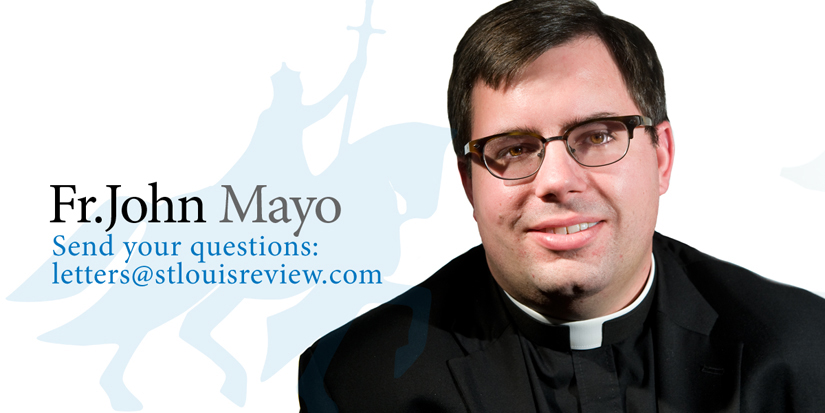 The Most Blessed Sacrament of the Altar is a common way to refer to the Eucharist. The full meaning of that phrase gives us better grasp of the value the Eucharist has to the Church.
The Most Blessed Sacrament of the Altar is a common way to refer to the Eucharist. The full meaning of that phrase gives us better grasp of the value the Eucharist has to the Church.
How we treat the Blessed Sacrament and how we behave in His Presence show our reverence and respect for Him. Even when cleaning —or purifying, to use the proper language — the chalices, ciboria, patens and cloths that contain or touch the Eucharist, we’re called to protect and dignify the sanctity of the sacrament.
I would like to stress that my comments here are general guidelines to follow. Each priest and deacon has been trained in these procedures and has adapted them to fit their ministries and parishes. Please defer to their guidance and judgment when looking to understand the cleansing and cleaning procedures at your parish.
Either after Communion or after Mass, the priest, deacon or an instituted acolyte (normally a seminarian or archdiocesan permanent deacon candidate) will purify the chalice, ciboria and patens by carefully swirling water in the vessel to get all of the fragments of the Body of Christ or drops of the Blood of Christ. He then consumes the water. Some parishes then will clean the vessels with soap and water for hygienic reasons after Mass.
Other cloths also need to be cleaned, especially the corporal (on which the chalice and ciboria/paten are placed), the purificator (the napkin-like cloth used to wipe the side of the chalice) and altar cloths. Typically, altar cloths and corporals may be used multiple times until they’re soiled. Purificators are normally changed immediately after use.
To clean these linens, they’re first soaked in plain water to ensure that any particles of the Eucharist absorbed in or clinging to the fabric are released. The water then may be placed either directly into the ground or into a special sink in the sacristy called the Sacrarium, which drains directly into the ground, thus providing for reverent disposal of any particles of the Eucharist. After the water is reverently placed into the ground, the linens are laundered in the normal way.
The word Eucharist means thanksgiving. By our diligent reverence of the Eucharist, we say “thank you” back to God for this precious gift He has given to us.
This column appeared in a previous issue of the Review.
Father Mayo is pastor of St. Raphael the Archangel Parish in St. Louis.